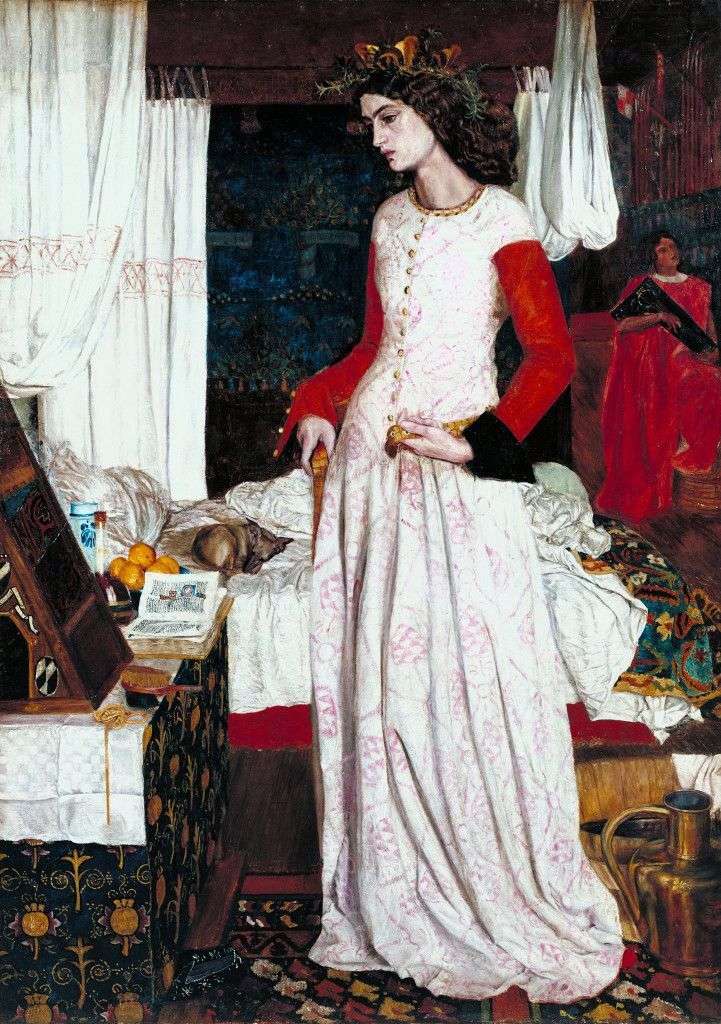
“Beautiful Isolde” ball was written in a year. This is the only painting by William Morris that has such a modest size.
For Princess Isolde, Jane Bearden posed, supernaturally anticipating her future role as a fatal beauty in a supernatural way. The background was mainly written in Morris’s room in Red Lion Square, where, according to Philip Webb, the bed had been untidy for months. The film, based on the episode of the legend of the Tristami and Isolde in the retelling of Malory, depicts the main character, sharpened in a room and mourning the absence of her beloved, who was removed from the court of King Mark.
While bright colors, patterns and crowding make us recall the watercolors of Rossetti, in the “Beautiful Isolde” there is more to the free space. Even if Morris was not such a skilled artist as Rossetti and Milles, he was very attentive to the texture of objects and the role they played.
The neat folds of the damask fabric on the altar are carefully written out and shade equally diligently transferred by the chaotic folds of the sheets. Those, in turn, contrast with the heavy fabric of the Turkish carpet, embroidered with a Persian blanket and a blue worn tapestry in the background, which resembles Morris’s own experiments with patterns for curtains.
Like the abandoned Mariana, Isolde sadly stands at the table, on which are filled with symbolic meaning objects. The belt, which she fastens at the waist, means forced chastity; also the dog of Tristam, which lies curled up on his bed among the warm crumpled sheets. On the mirror, in which Isolde looks, it is written “DOLORS”; in the wreath of the queen – rosemary twigs, a symbol of memory, and a bindweed, a symbol of strong bonds and affection.
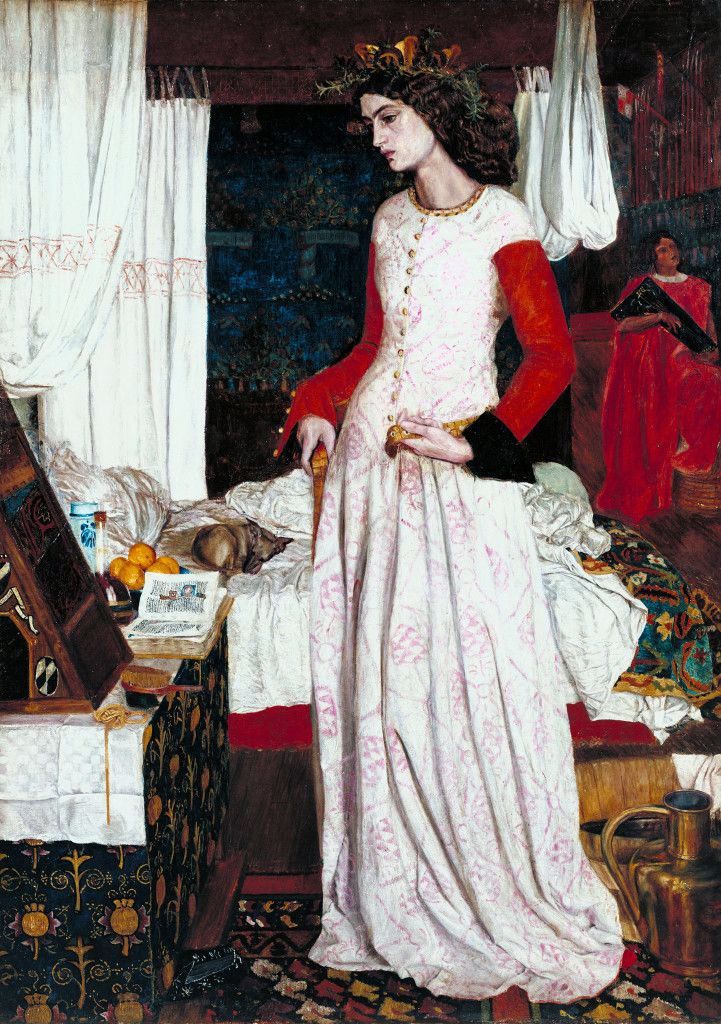 La belle Isolde – William Morris
La belle Isolde – William Morris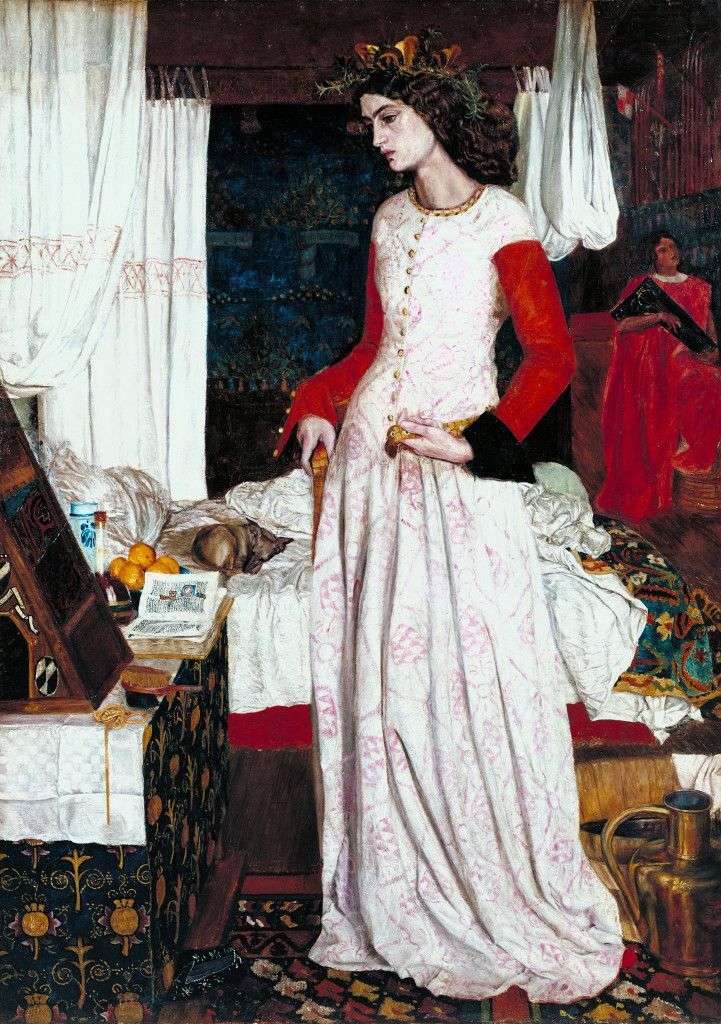 La hermosa Isolda – William Morris
La hermosa Isolda – William Morris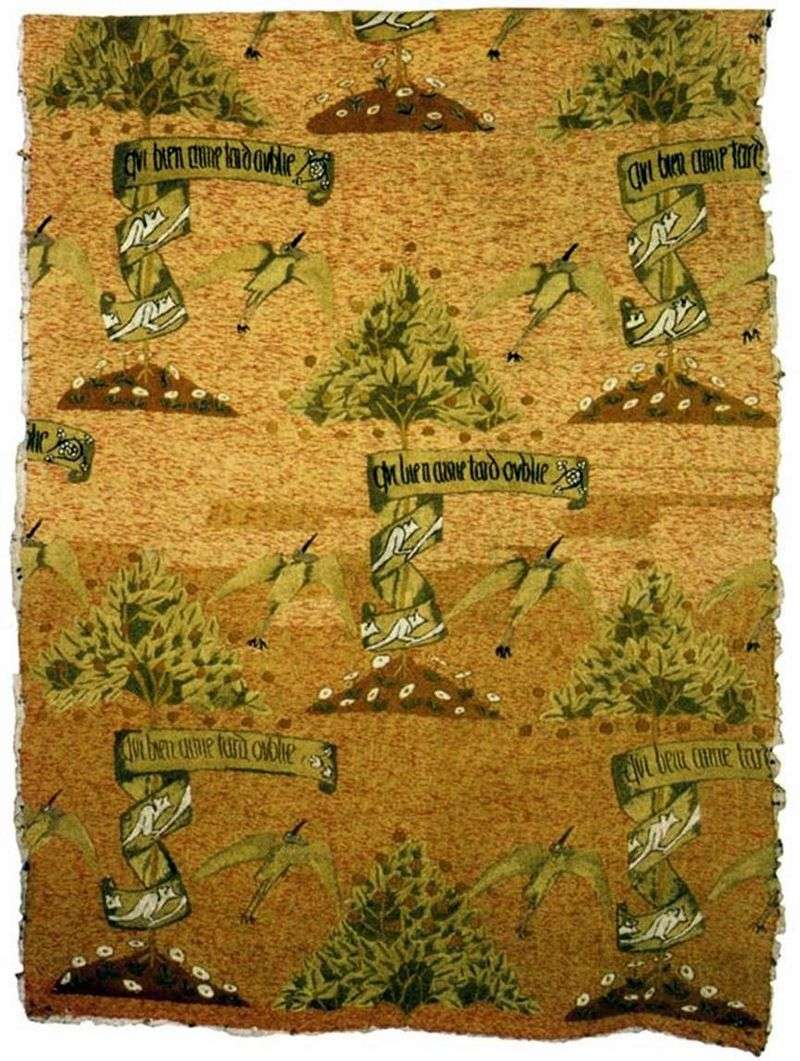 Qui bien aime tard oublie by William Morris
Qui bien aime tard oublie by William Morris Qui bien aime tard oublie – William Morris
Qui bien aime tard oublie – William Morris Qui bien aime tard oublie – William Morris
Qui bien aime tard oublie – William Morris Tristan and Isolde by John Waterhouse
Tristan and Isolde by John Waterhouse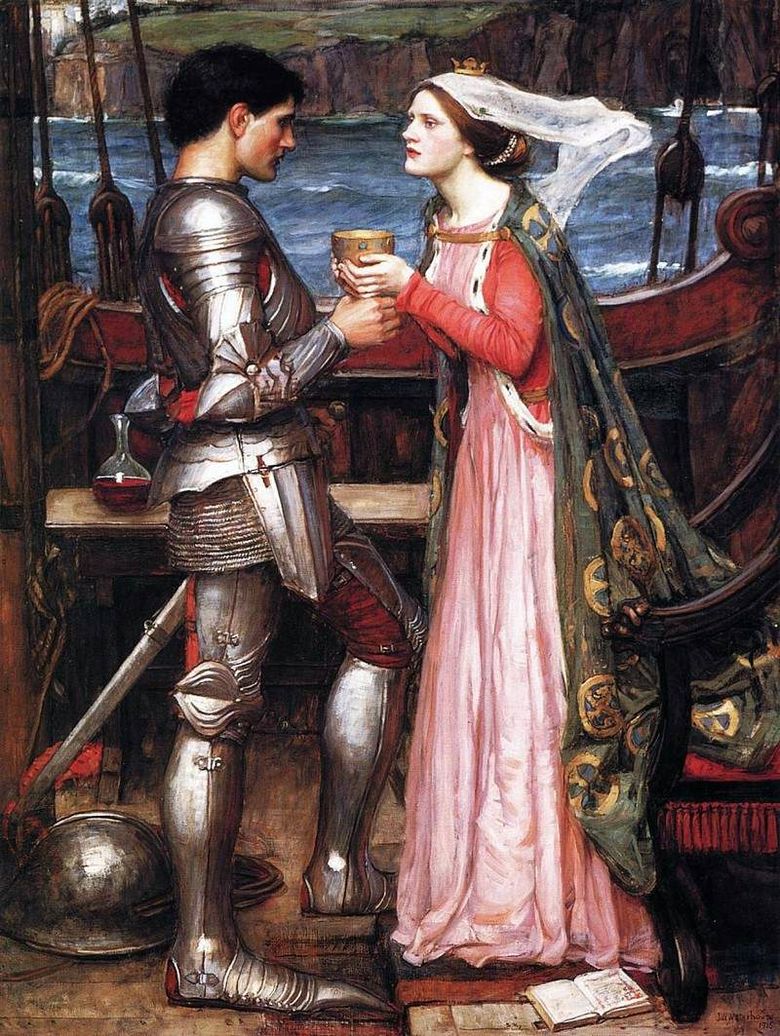 Tristan et Isolde – John Waterhouse
Tristan et Isolde – John Waterhouse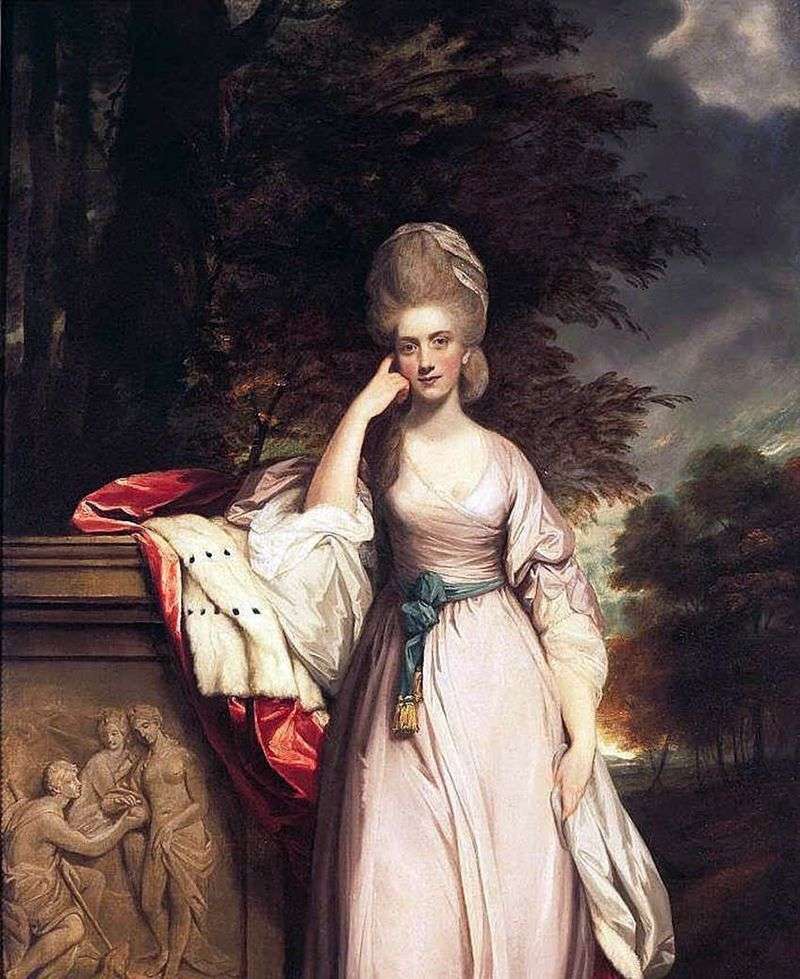 Anna, Viscountess Townshend (Anna Montgomery) by Reynolds Joshua
Anna, Viscountess Townshend (Anna Montgomery) by Reynolds Joshua